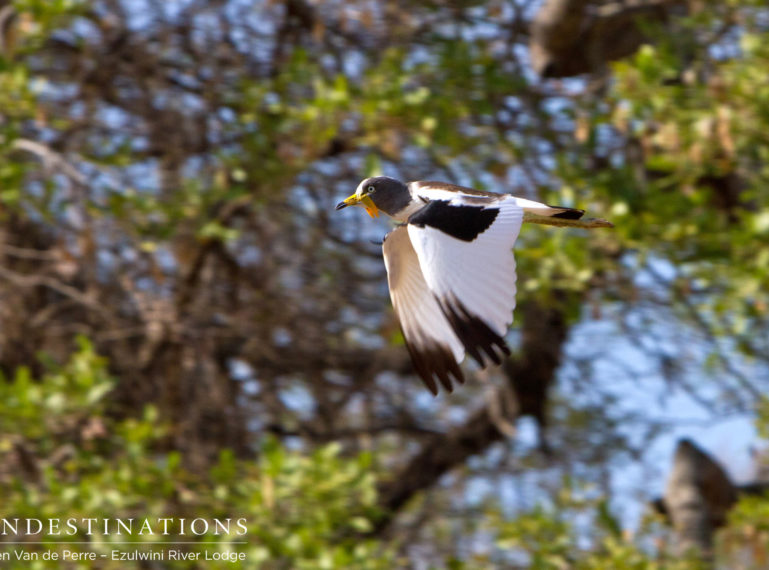
In between the leopard and lion sightings currently thrilling Ezulwini guests in the fantastic Balule Nature Reserve, there’s been an impressive bull elephant visiting River Lodge, there was a caracal spotted in the darkness, masses of buffalo, hoards of vultures, and plenty of plains game. What we haven’t yet mentioned, is that the birdlife is blowing our minds! Summer is around the corner, and in the next month we will begin to see even more of the migratory species flocking to the Kruger.
Summer migrants or not, the birdlife in the Greater Kruger and in the particularly wooded veld of the Balule, is superb. Our regulars are bright and cheerful, like the all-time-favourite lilac-breasted roller, and striking buttercup yellow, like the weavers and orioles that love the reeds along the Olifants River. The presence of the river adds a whole new dimension to the birding at Ezulwini, especially at River Lodge, which is blissfully located right on its banks. Waterbirds like the unusual-looking white-crowned lapwing, and the regal African fish eagle are seen regularly from the tree-draped viewing deck.
Birds of prey, like the tawny eagle, spotted eagle owl, dark-chanting goshawk, African harrier hawk (aka gymnogene), wood owl, and the snake eagles are regularly spotted in the Balule. They are among the many raptors seen at Ezulwini, and now they are joined by the intra-African migrant, the Wahlberg’s eagle. We’ve seen a good few of these large eagles, one of which was having a tough time with a fork-tailed drongo that was determined to intimidate it with its mobbing technique!
It is a delight to sit back with a pair of binoculars and enjoy the flashes of colour, listen to the swish of wind through feathered wings and to try your luck at identifying the calls of the melodious birds. Just from River Lodge’s shady viewing deck looking onto the Olifants River, or Billy’s Lodge’s aerial walkway overlooking a waterhole, there is plenty to see. Kingfishers from the giant kind to the brown-hooded and pied kind are soon to be joined by the brilliantly blue woodland kingfisher whose calls will become the most recognised sound of the summer spent in the bush!
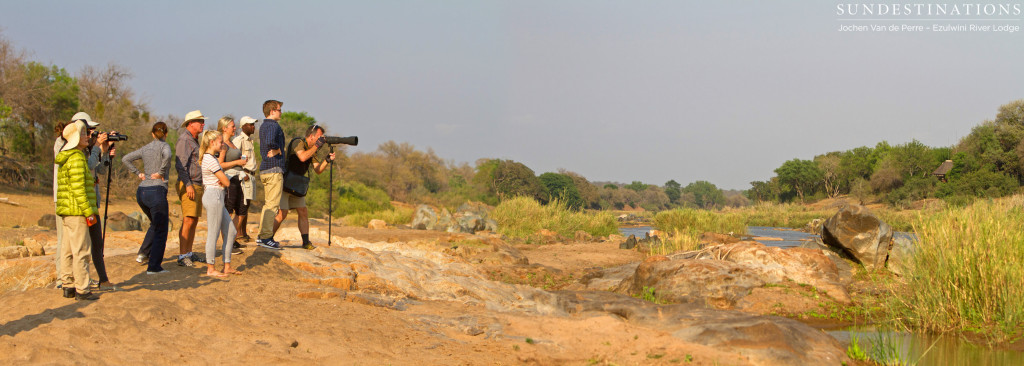
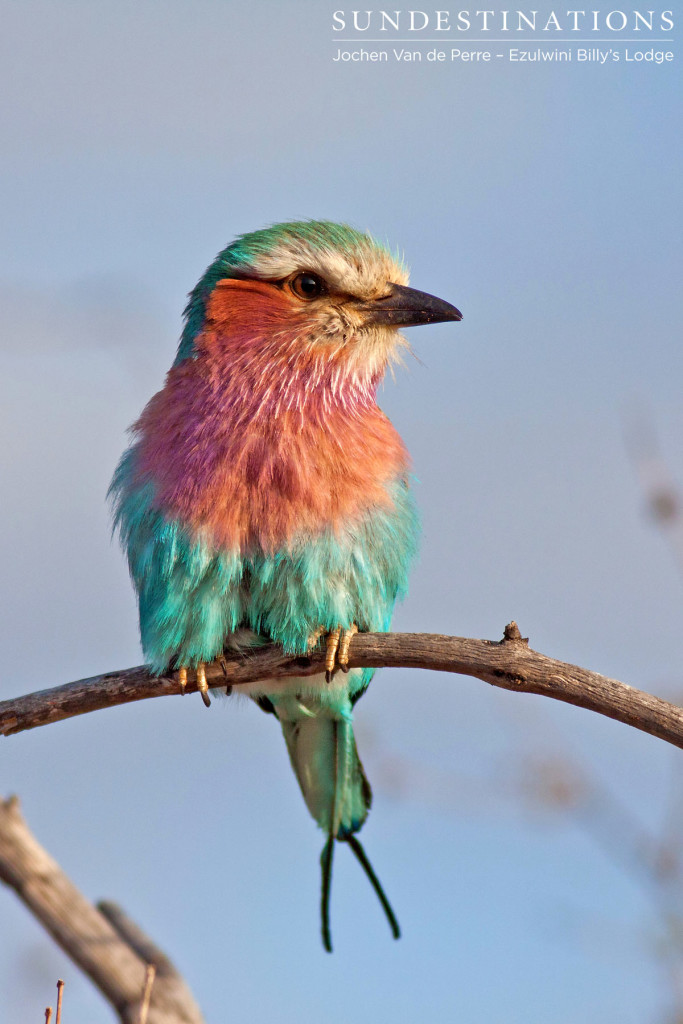
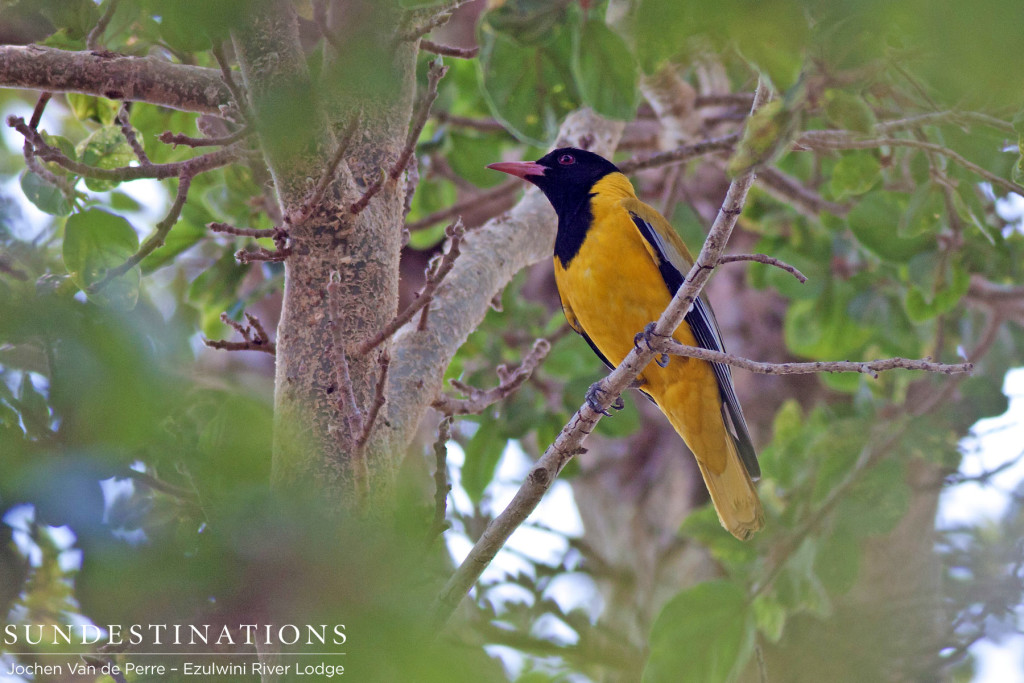
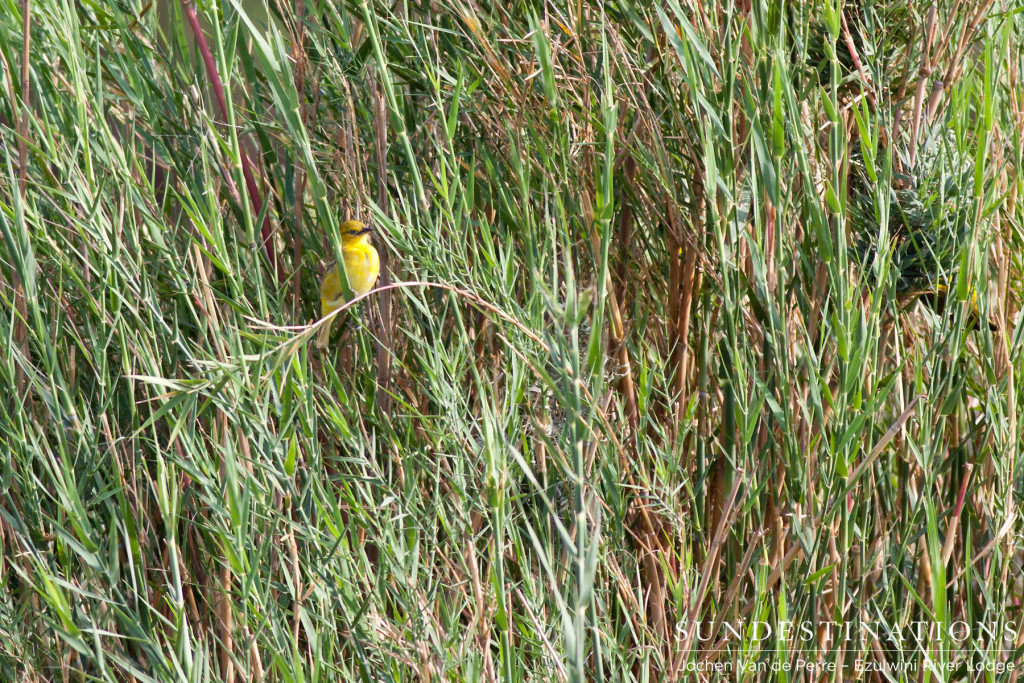
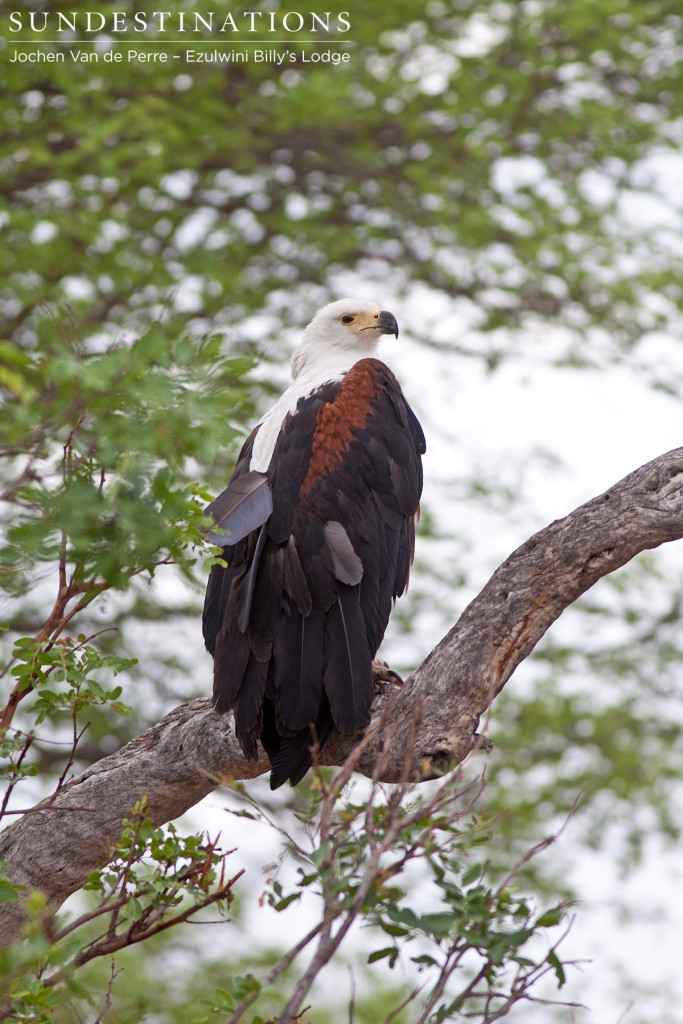
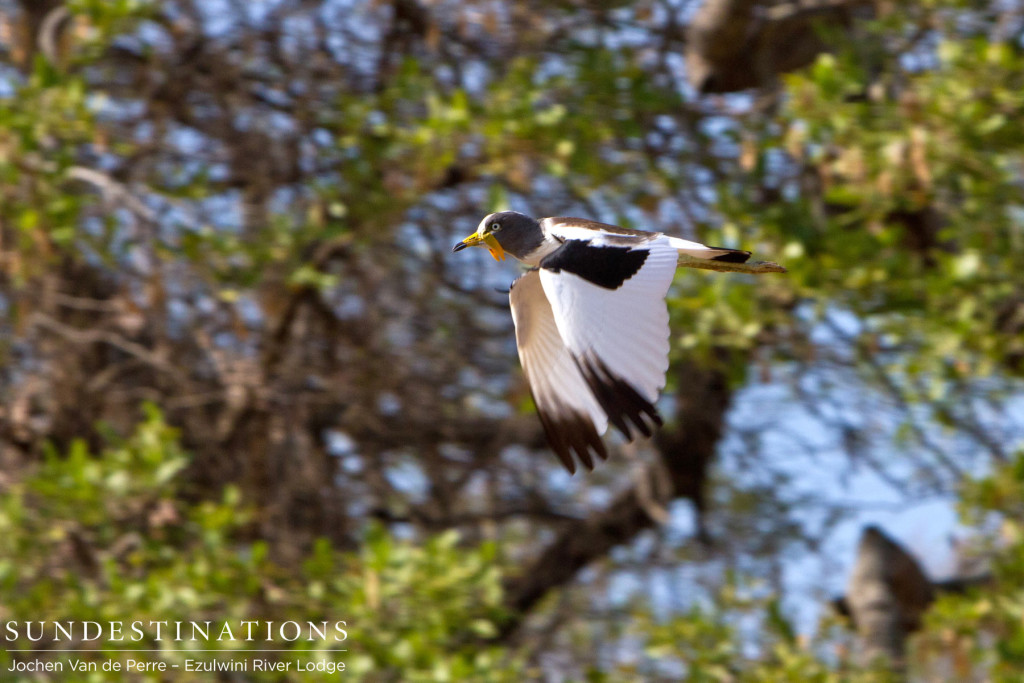
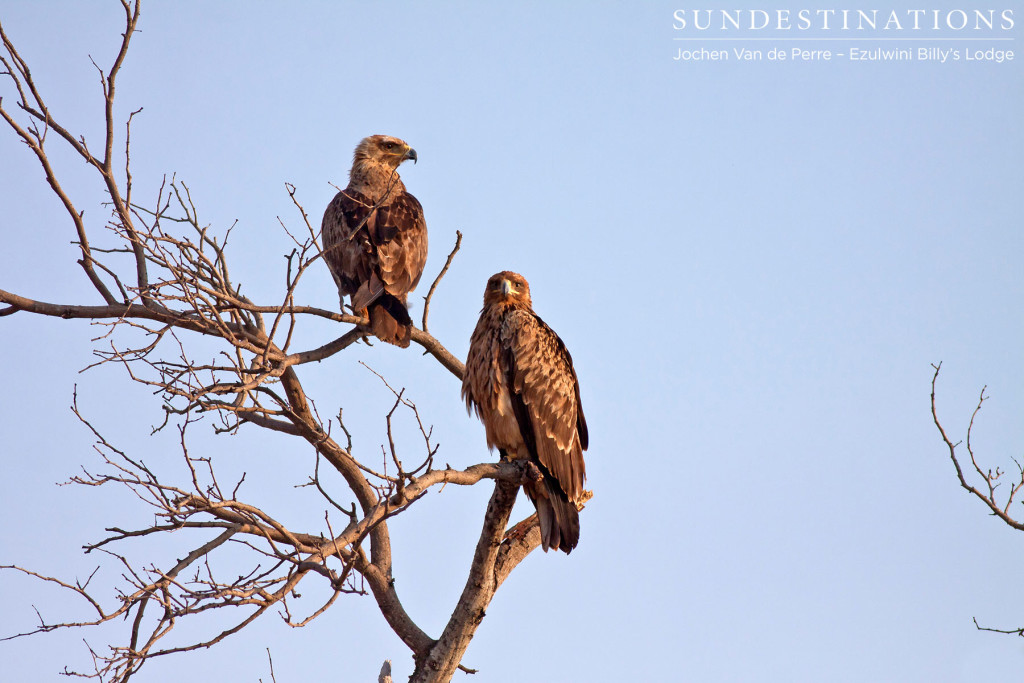
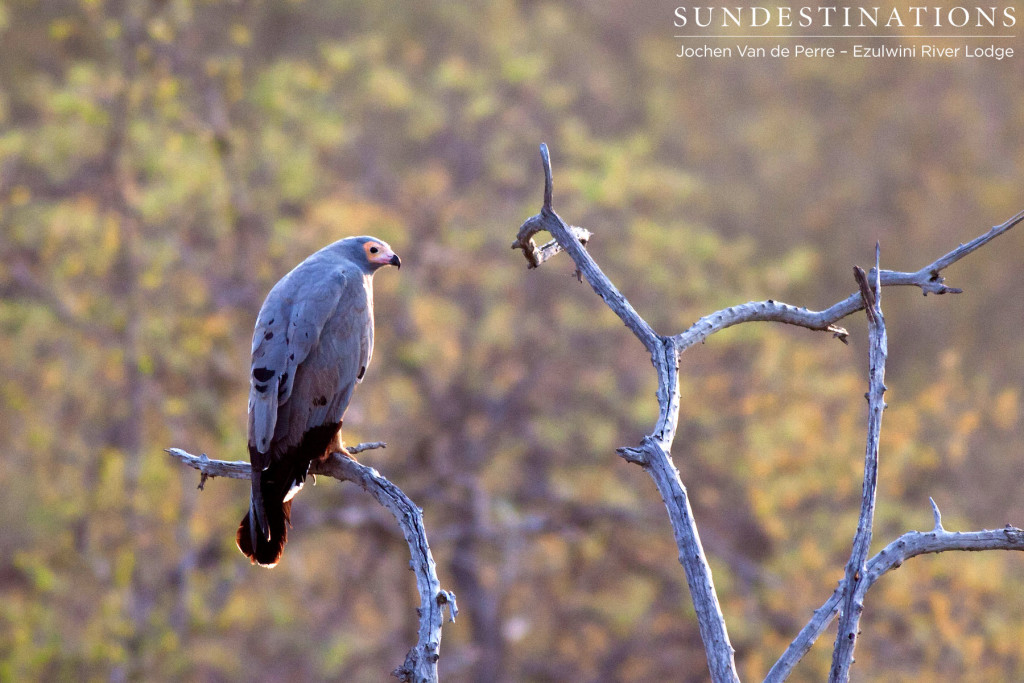
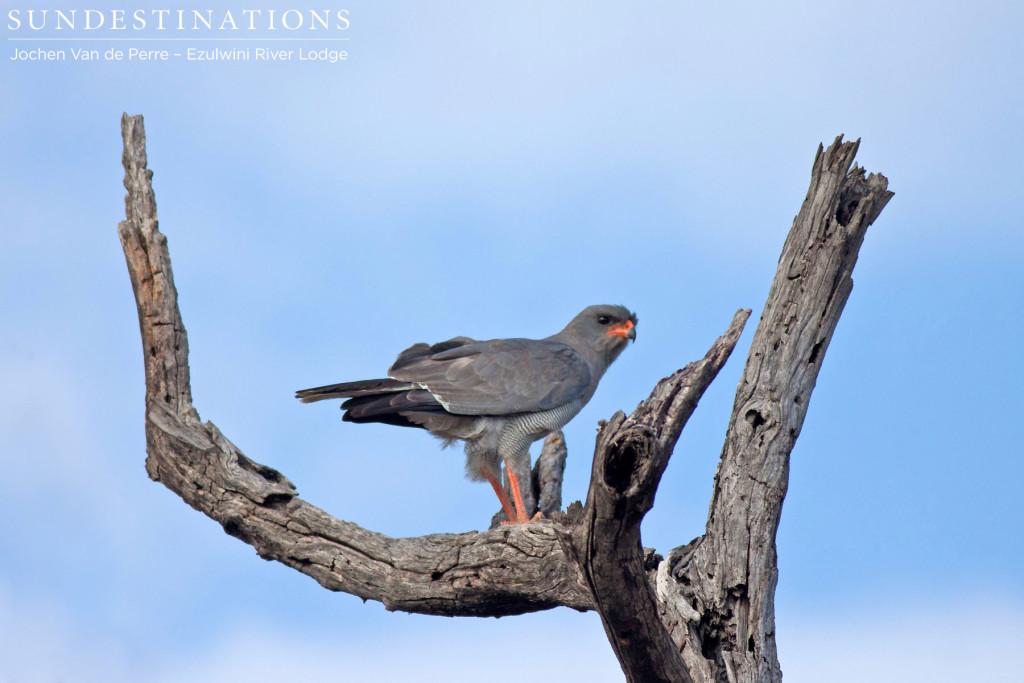
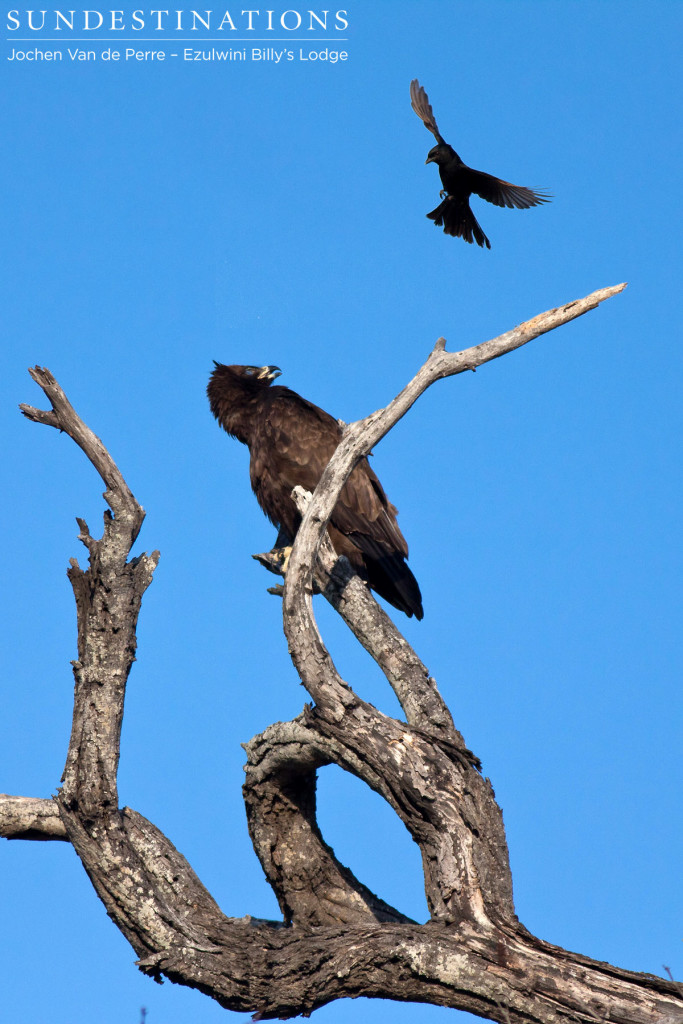
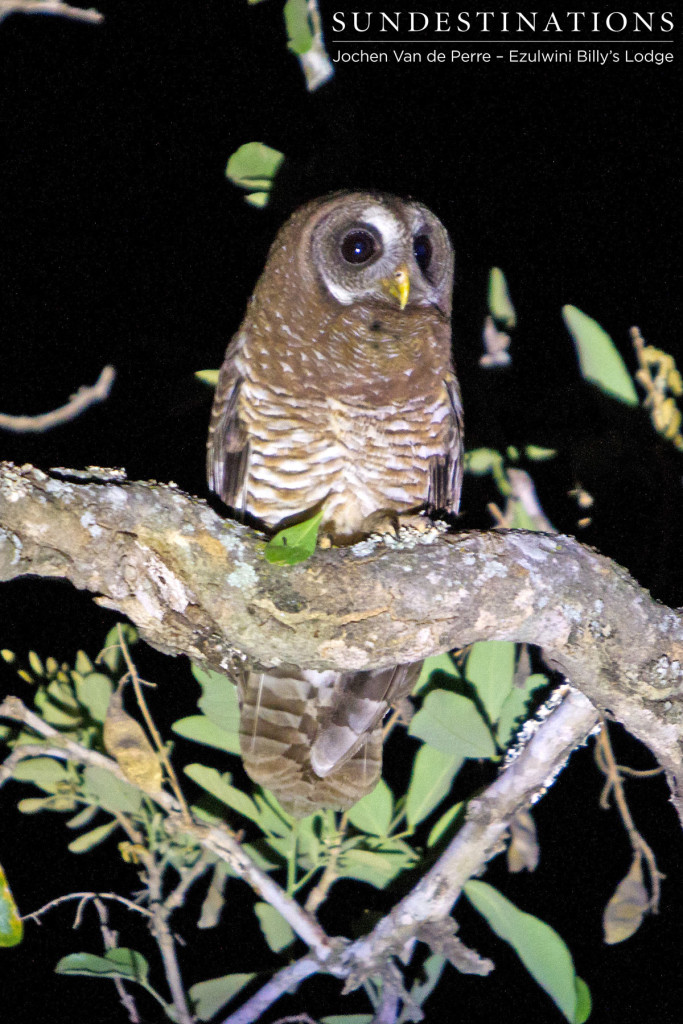
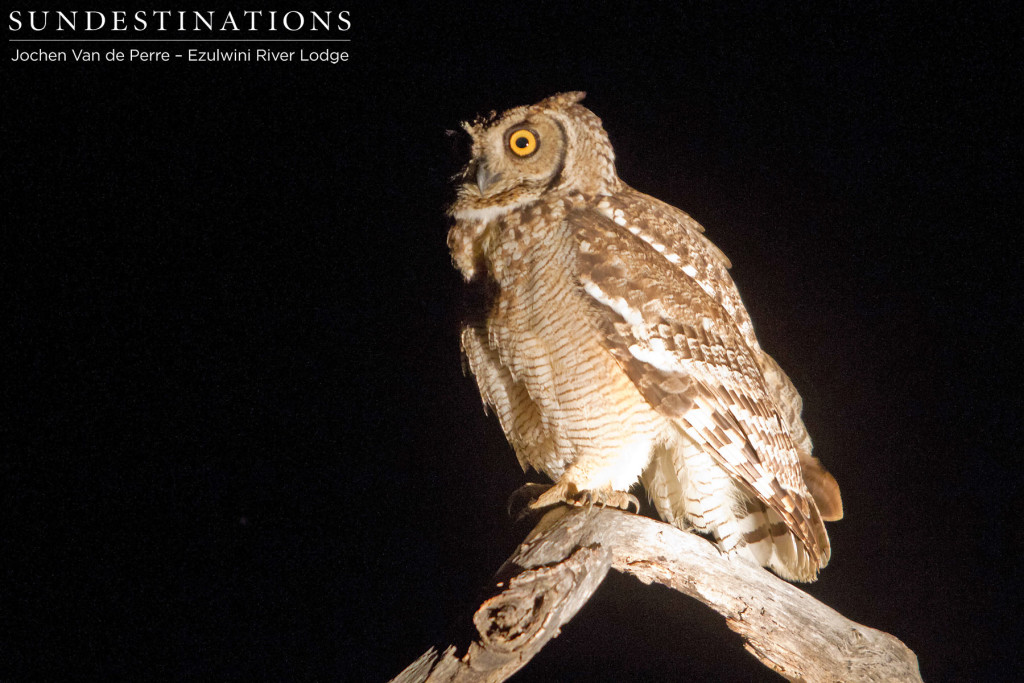
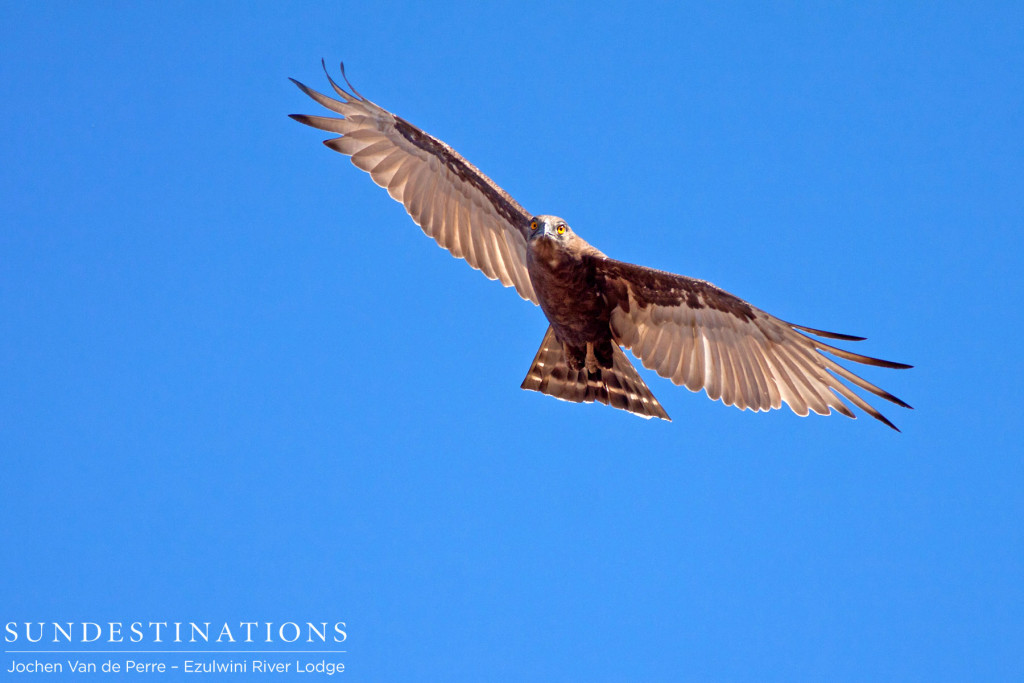
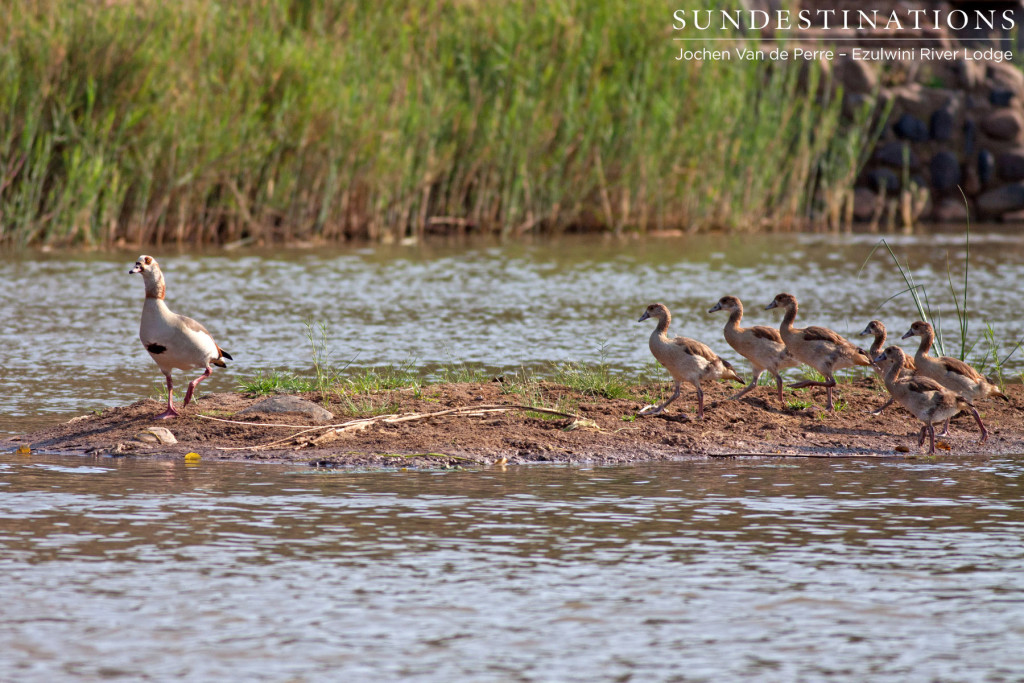
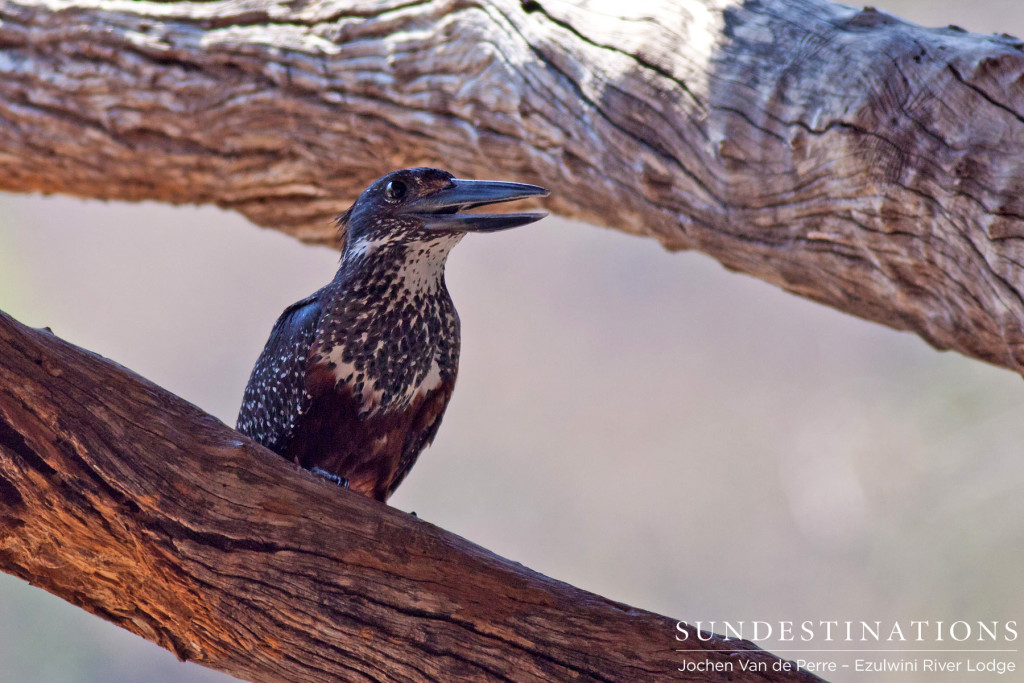
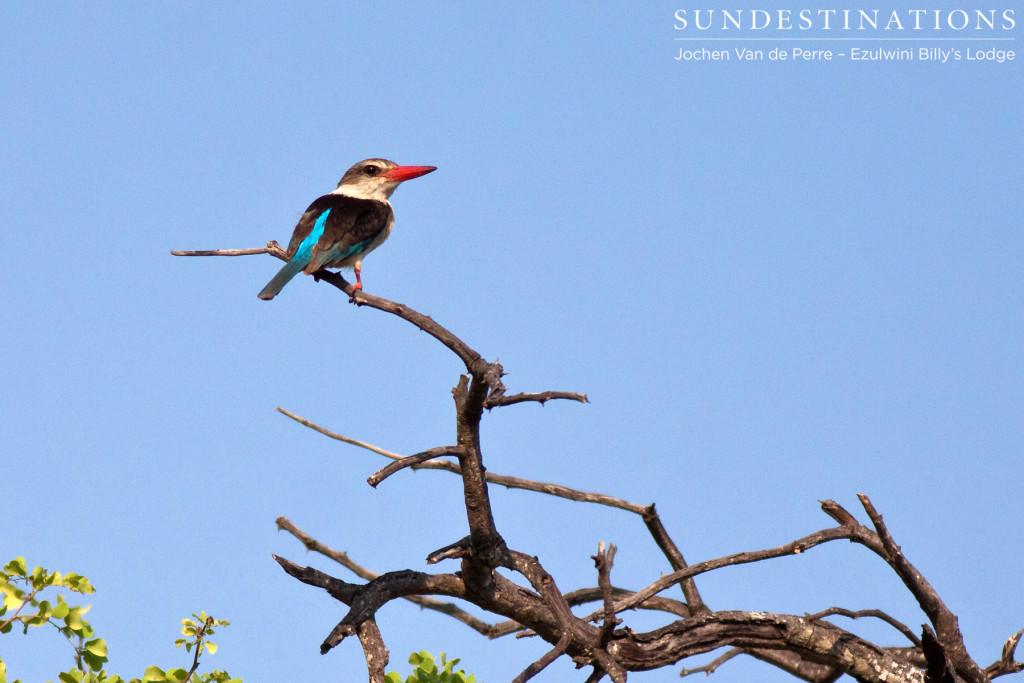
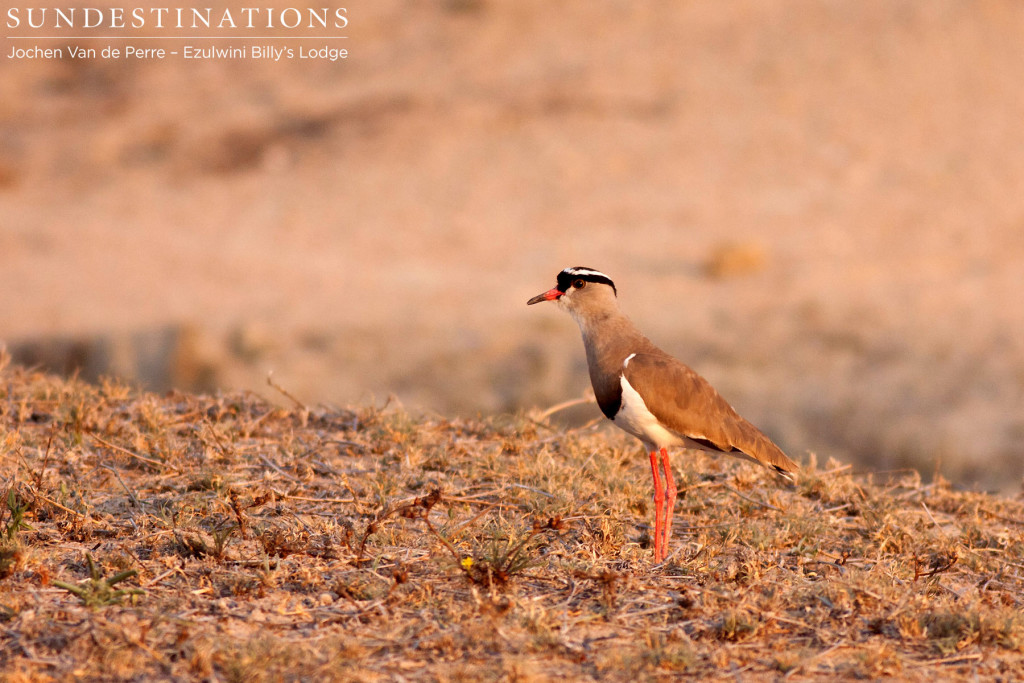
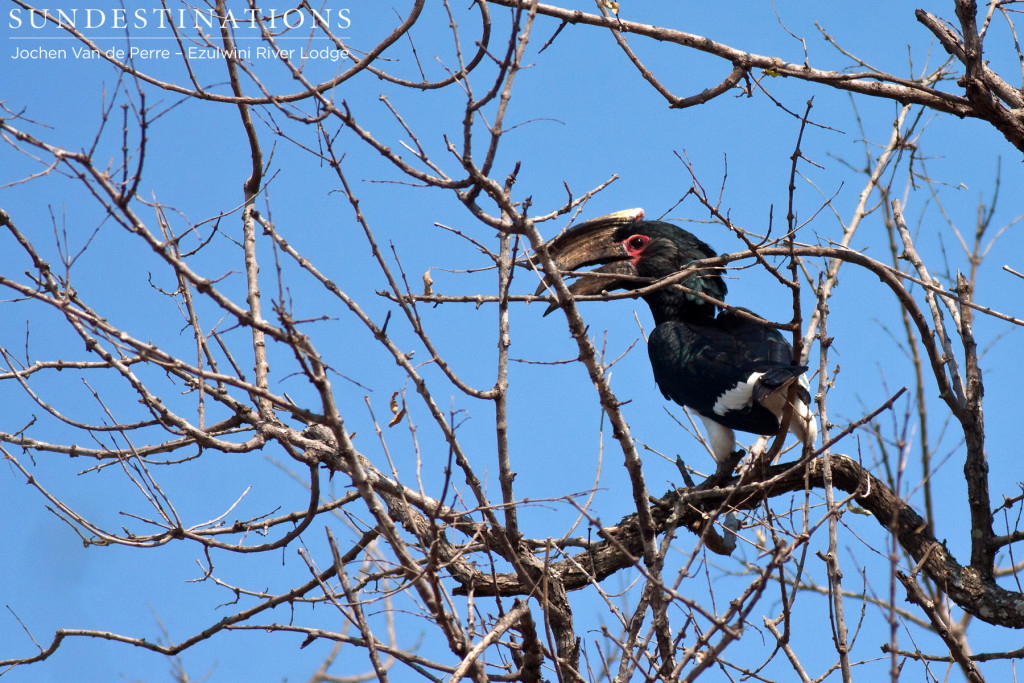
Leave a Comment